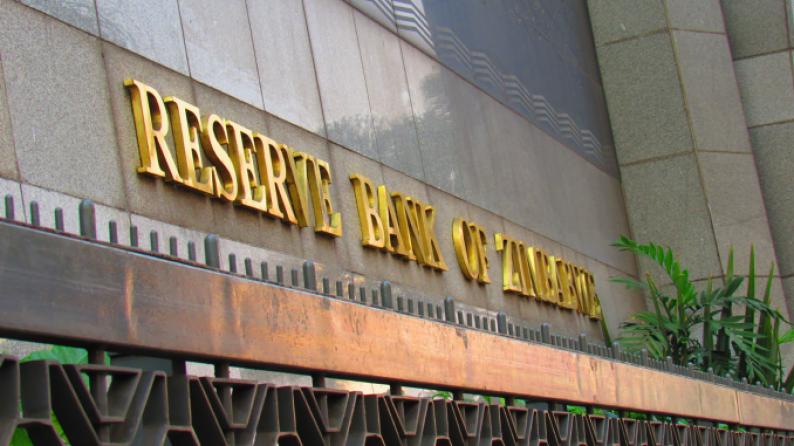The central bank has warned that Zimbabwe's recurrent trade deficits poses significant challenges as the country continues to rely on export revenues to generate liquidity and support domestic economic activity.
In its March report, the Reserve Bank of Zimbabwe (RBZ) said Zimbabwe needed to attract both domestic and foreign investment to rejuvenate industry.
"The need to make significant competitiveness gains and generate adequate foreign exchange buffers to cushion the economy from external vulnerabilities, remains integral to economic revival efforts," the apex bank said.
This comes as merchandise trade developments in the first three months of the year resulted in a trade deficit of $784,3 million compared to a trade deficit of $274 million recorded during the fourth quarter of 2017.
"The trade balance also worsened by 85,3 percent, on a year-on- year basis, from a deficit of $423,1 million in the first quarter of 2017, to a deficit of $784,3 million in the first quarter of 2018," RBZ said.
Over the period from January to March 2018, merchandise exports increased 4,5 percent, from $848 million realised in 2017 to $886,1 million in 2018, with the increase in exports mainly driven by improved gold deliveries to Fidelity Printers and Refineries, and hence higher gold export volumes.
Compared to the fourth quarter of 2017, exports declined by 27,9 percent in the first quarter of 2018, largely on account of declines in tobacco and nickel exports.
"Gold, ferrochrome, flue-cured tobacco, nickel and platinum dominated the country's exports, contributing about 81,4 percent of export earnings during the first quarter of 2018, "Notably, South Africa absorbed 53,1 percent of the country's total merchandise exports during the first quarter of 2018, followed by the United Arab Emirates, at 15,5 percent.
The country's major exports to South Africa included platinum group of metals (PGMs), gold and nickel, among others," the RBZ said.
The country's exports for the first quarter of 2018 were mainly destined for South Africa, Mozambique, United Arab Emirates, Zambia and Botswana with the import bill mainly composed of energy imports (diesel, petrol, aviation spirit and electricity), food, medicines and fertilizers.
On a quarter-on-quarter basis, merchandise imports increased by 11,1 percent to $1,6 billion million during the first quarter of 2018, from $1,5 billion recorded in the fourth quarter of 2017.
The increase was largely due to higher imports of fertilisers, unleaded petrol, rice and wheat.
Major imports during the period from January to March 2018 mainly consisted of cereals (maize, rice, and wheat), energy (diesel, petrol and electricity), medicines and fertilisers.
The country's imports for the period under review were mainly sourced from South Africa (45,2 percent), Singapore (19,1 percent), China (5 percent), Japan (3,6 percent), India (2,4 percent) and Mauritius (2,9 percent).
- The Financial Gazette
 Zimbabwe announces strict enforcement of axle load limits
Zimbabwe announces strict enforcement of axle load limits  SA decry 'non-existent' Beitbridge border post security
SA decry 'non-existent' Beitbridge border post security  Millions celebrate Diwali festival in India
Millions celebrate Diwali festival in India  Zimbabwe's dollar stock exchange surges 45%
Zimbabwe's dollar stock exchange surges 45%  Gold edges up as traders await guidance
Gold edges up as traders await guidance  Karo Platinum Project capex rises to US$546m
Karo Platinum Project capex rises to US$546m  Young Investment Professional (YIP) Graduate Programme 2019
Young Investment Professional (YIP) Graduate Programme 2019 










 Young Investment Professional (YIP) Graduate Programme 2019
Young Investment Professional (YIP) Graduate Programme 2019
Editor's Pick